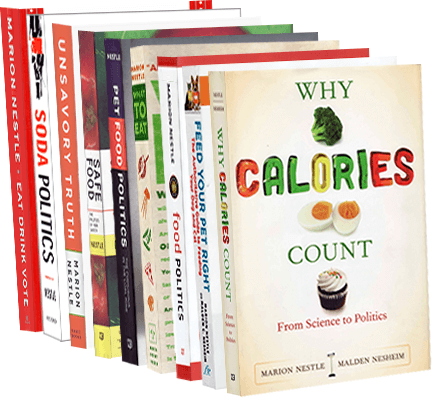The exceedingly strange world of federal crop insurance subsidies
According to an account in last week’s New York Times, the federal government could save about $1 billion a year by reducing the subsidies it pays to large farmers to cover much of the cost of their crop insurance. Crop insurance subsidies are expected to cost $39 billion from 2012 to 2016, or about $7.8 billion a year.
The Times based this statement on a new report from the Government Accountability Office. This report explains that the billion-a-year savings would occur if the government applied the same limits to subsidies for crop insurance as it applies to other farm support programs.
The report raised the prospect of the government’s capping the amount that farmers receive at $40,000 a year, much as the government caps payments in other farm programs. Any move to limit the subsidy, however, is likely to be opposed by rural lawmakers, who say the program provides a safety net for agriculture.
Get this:
Under the federal crop insurance program, farmers can buy insurance policies that cover poor yields, declines in prices or both. The insurance is obtained through private companies, but the federal government pays about 62 percent of the premiums, plus administrative expenses.
And that’s not all. The Environmental Working Group says many of the crop insurers are foreign companies.
Twenty insurance companies in Bermuda, Japan, Switzerland, Australia, Canada and the U.S. were paid $7.1 billion in U.S. taxpayer funds from 2007 to 2011 to sell American farmers crop insurance policies, an Environmental Working Group analysis shows. The U.S. Department of Agriculture’s Risk Management Agency paid these companies for administrative and operating expenses for the federally subsidized crop insurance program.
We talked about crop insurance subsidies in the class on the farm bill that I taught at NYU last fall. My class thought all of us should immediately go into the crop insurance business. The government pays most of the premiums and administrative expenses and also covers most of the risk. This is a really good deal for Big Ag and the lucky few insurance companies.
You find this difficult to believe? Take a look at two of the readings for the course:
Shields DA. Federal crop insurance: background and issues. Congressional Research Service, December 13, 2010.
Insurance policies are sold and completely serviced through 16 approved private insurance companies. Independent insurance agents are paid sales commissions by the companies. The insurance companies’ losses are reinsured by USDA, and their administrative and operating costs are reimbursed by the federal government.
Smith VH. Premium payments: why crop insurance costs too much. American Enterprise Institute, 2011.
Since 2007, government subsidies for crop insurance have averaged about $5.6 billion per year, representing over one-third of total expenditures on income transfers and other government payments for programs targeted directly to farmers.
However, about 58 percent of those expenditures have ended up in the hands of agricultural insurance companies and agricultural insurance agents.
In fact, since 2005, on average, the agricultural insurance industry has received $1.44 for every dollar farmers have received in crop insurance subsidies.
No wonder Big Ag wants crop insurance subsidies continued.
Will the 2012 farm bill fix this? I’m not optimistic but will stay tuned.


